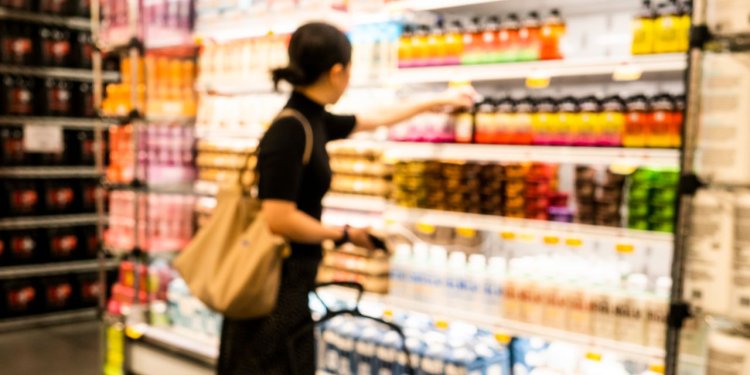The Resilience in the GDP Data
The U.S. economy almost looks normal for the first time in a while. By The Editorial Board July 27, 2023 6:35 pm ET Photo: Richard B. Levine/Zuma Press It’s been a while since one could use the word “normal” to describe the U.S. economy, which makes Thursday’s gross domestic product data welcome. What’s emerging is a picture of a resilient American marketplace—if Washington doesn’t get in the way. The economy grew 2.4% on an annual basis in the second quarter, according to the Commerce Department’s first estimate, up from 2% in the first quarter. Consumer spending again was a big contributor to growth, accounting for 1.12 percentage po


Photo: Richard B. Levine/Zuma Press
It’s been a while since one could use the word “normal” to describe the U.S. economy, which makes Thursday’s gross domestic product data welcome. What’s emerging is a picture of a resilient American marketplace—if Washington doesn’t get in the way.
The economy grew 2.4% on an annual basis in the second quarter, according to the Commerce Department’s first estimate, up from 2% in the first quarter. Consumer spending again was a big contributor to growth, accounting for 1.12 percentage points. This is down from the consumption share of GDP in the first quarter, which saw a surge in purchases of durable goods, but it’s notable that consumers still spent more even after a bumper quarter.
Private investment filled the gap from the slower increase in household spending. A contraction in such investment, especially for business equipment, dragged down growth in the first quarter. Not this time, with nonresidential fixed investment growing 7.7% at an annual rate and contributing almost a full percentage point to gross domestic product.
The caveat is that some of this, especially investment in nonresidential structures such as factories, may be a response to Washington’s industrial policies such as the Chips Act. This will steal growth from the future if some of these projects turn out to be uneconomical, as often happens when government subsidies are involved.
Still, this quarter’s data offer a tease of what a healthy U.S. economy would look like. The key is strong household consumption, along with a pivot out of residential real-estate (that perennial economic sugar high that fell 4.2% on an annual basis in the quarter) and into business investment that can increase productivity, create jobs and boost wages in the future.
One lesson is that this is possible with higher interest rates—or perhaps because of them. To the extent higher rates are pulling capital out of unproductive uses and creating incentives to save and invest rather than spend, the GDP report shows how to reduce inflation without causing a recession. Personal-consumption-expenditure inflation excluding food and fuel, the measure the Federal Reserve follows, was 4.4% compared to the same quarter last year, down from 4.6% last quarter.
The economy has grown 2.6% in the last year since it barely dodged recession in the first half of 2022, and the onus is on Washington to let the economic momentum roll. Seeing how private investment can help buoy the economy, the trick will be to encourage more of it with fewer rules and taxes and let companies and entrepreneurs find the best opportunities.
Wonder Land: Republican presidential hopefuls Ron DeSantis, Mike Pence, Nikki Haley, Tim Scott, Chris Christie, Vivek Ramaswamy and maybe even Donald Trump are united on spending. All offer a much safer future than the alternative. Images: Reuters/Zuma Press Composite: Mark Kelly The Wall Street Journal Interactive Edition
What's Your Reaction?













